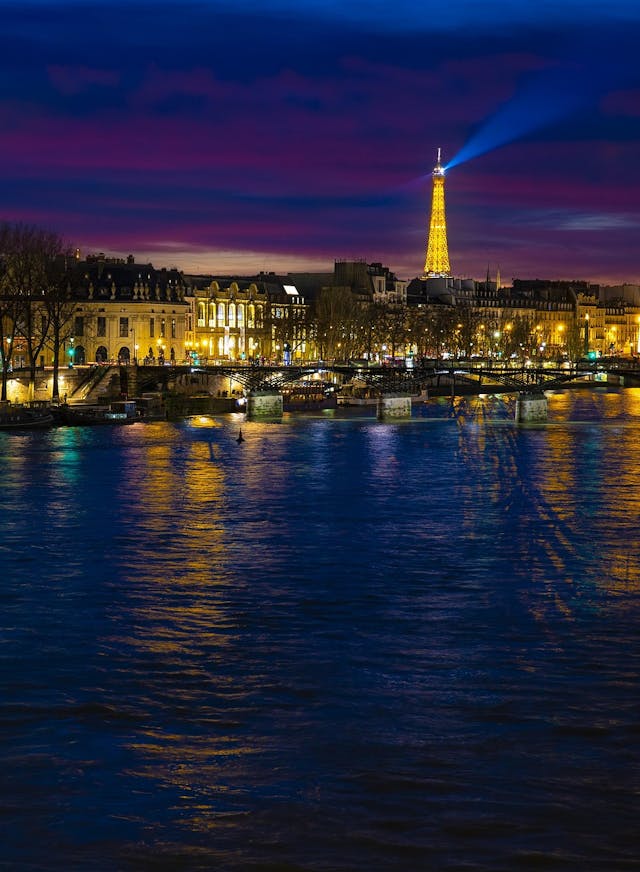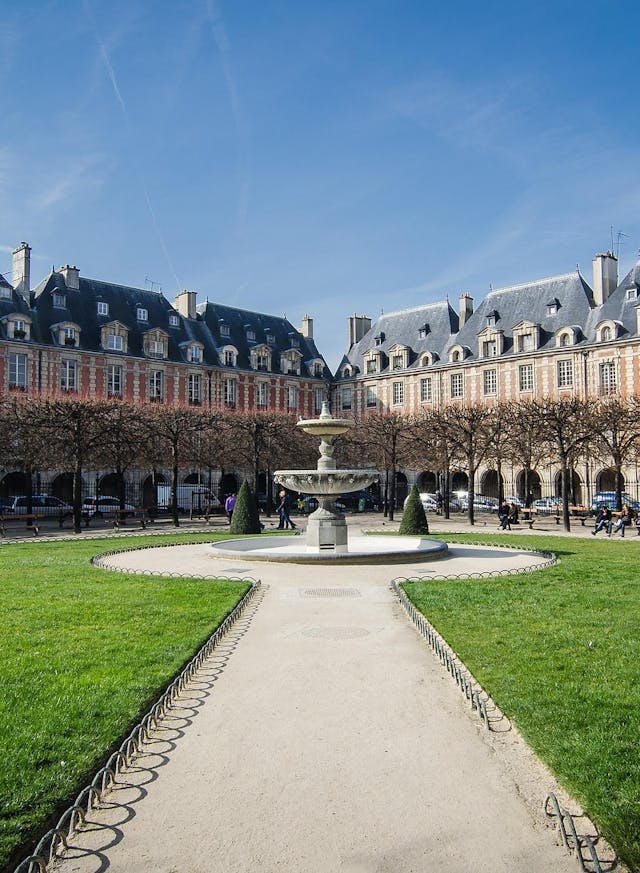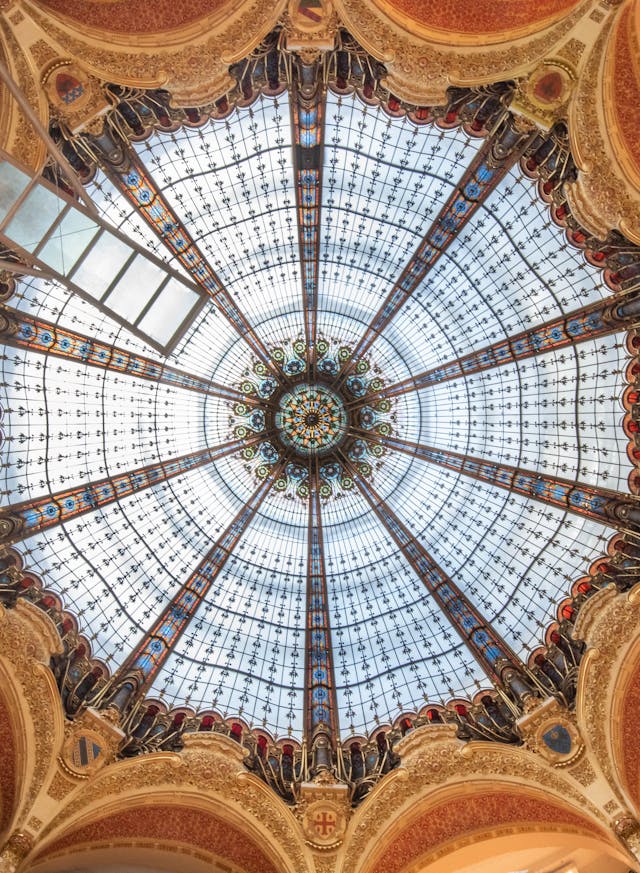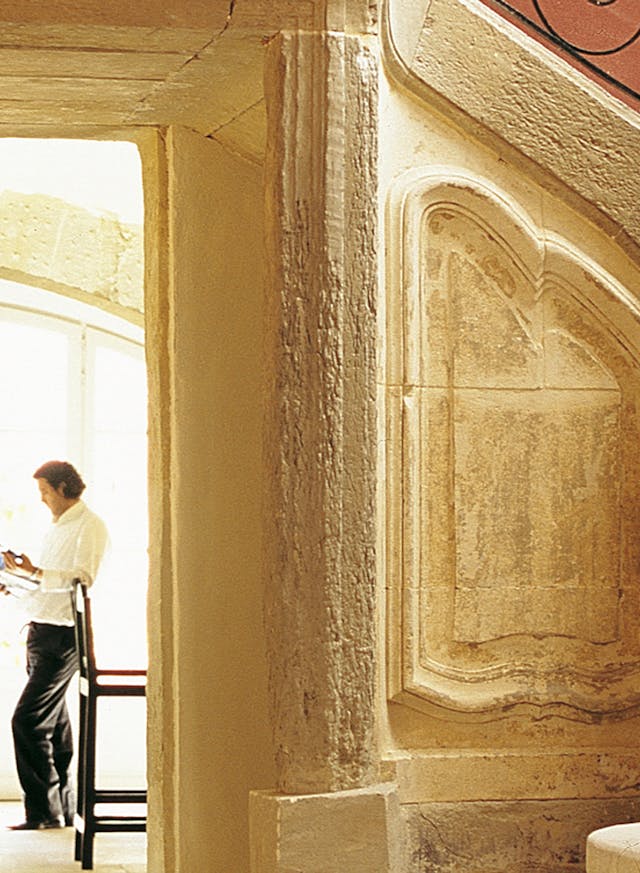
Itinerary
Paris for Lovers: A Romantic Itinerary Through the City of Light’s Bridges and Squares

Heritage
The Secret Gardens of Paris: A Green Odyssey in the Heart of the City of Light

Art & Culture
Le Marais: An Immersion in the History and Contemporary Culture of Paris

Art & Culture
The Louvre-Lens' New Gallery of Time: A Reimagined Immersive Experience

Art & Culture
Paris of French and American Writers: Following in the footsteps of Hemingway, Fitzgerald, Proust, Sartre…

Style
Galeries Lafayette Paris Haussmann: discovering the hidden Tteasures of the iconic department store
Heritage
Palais Garnier, 150 Years of Poetry

Heritage
Notre-Dame de Paris : A Moment(um) of Grace
Art & Culture
Angelin Preljocaj, Playing with Light

Art & Culture
La Maison sur la Sorgue : A Storied Artistic Setting…




